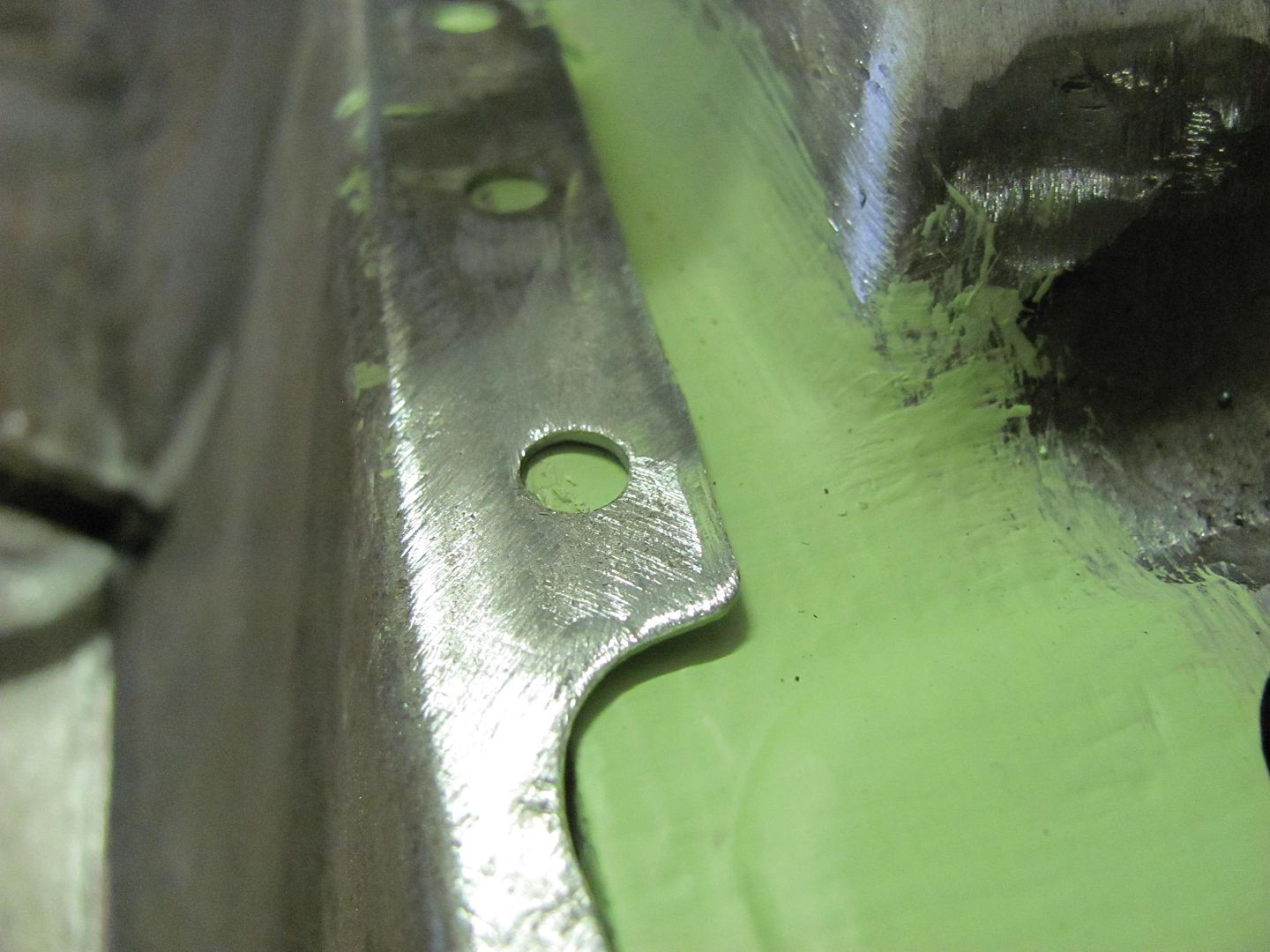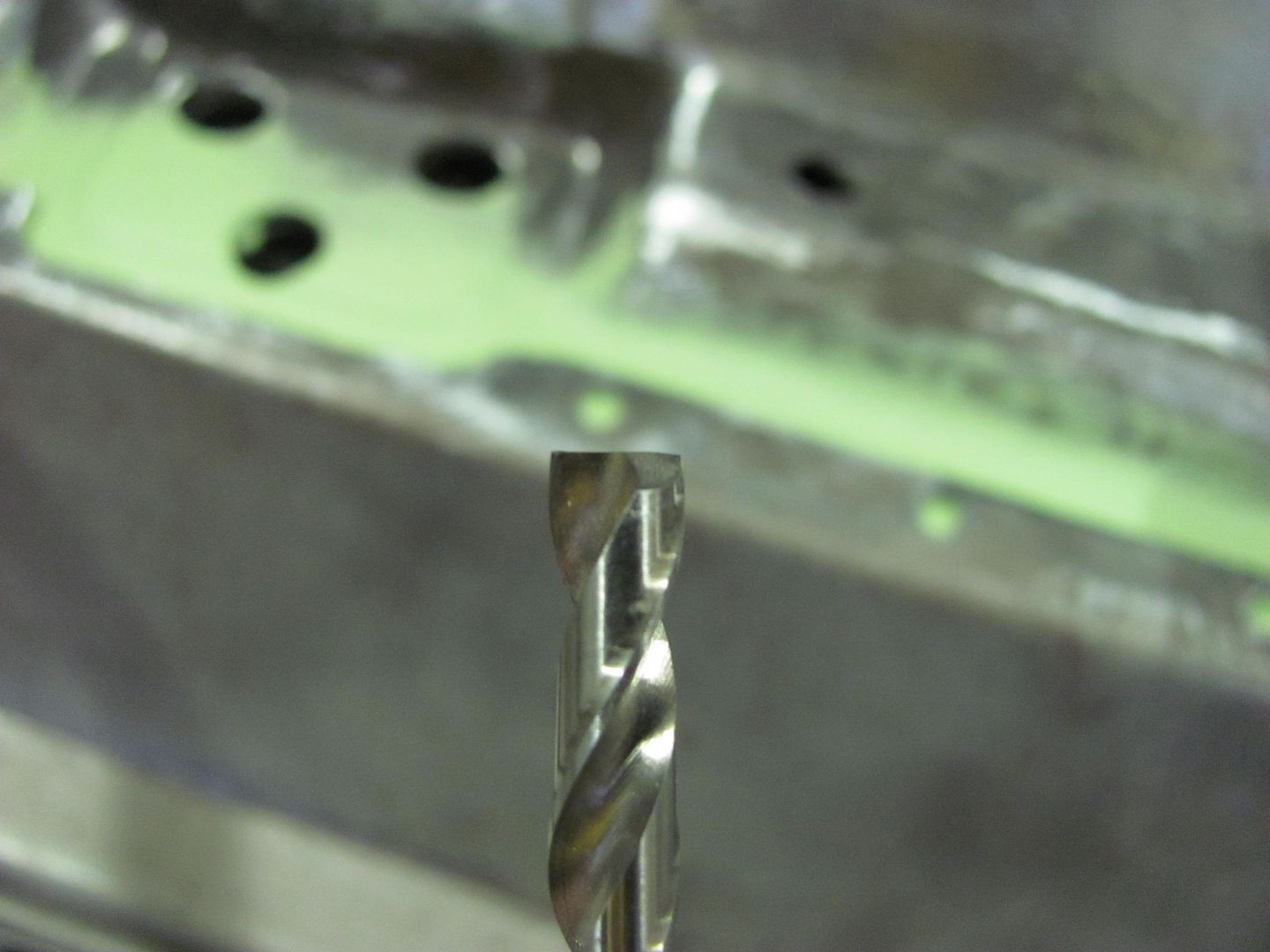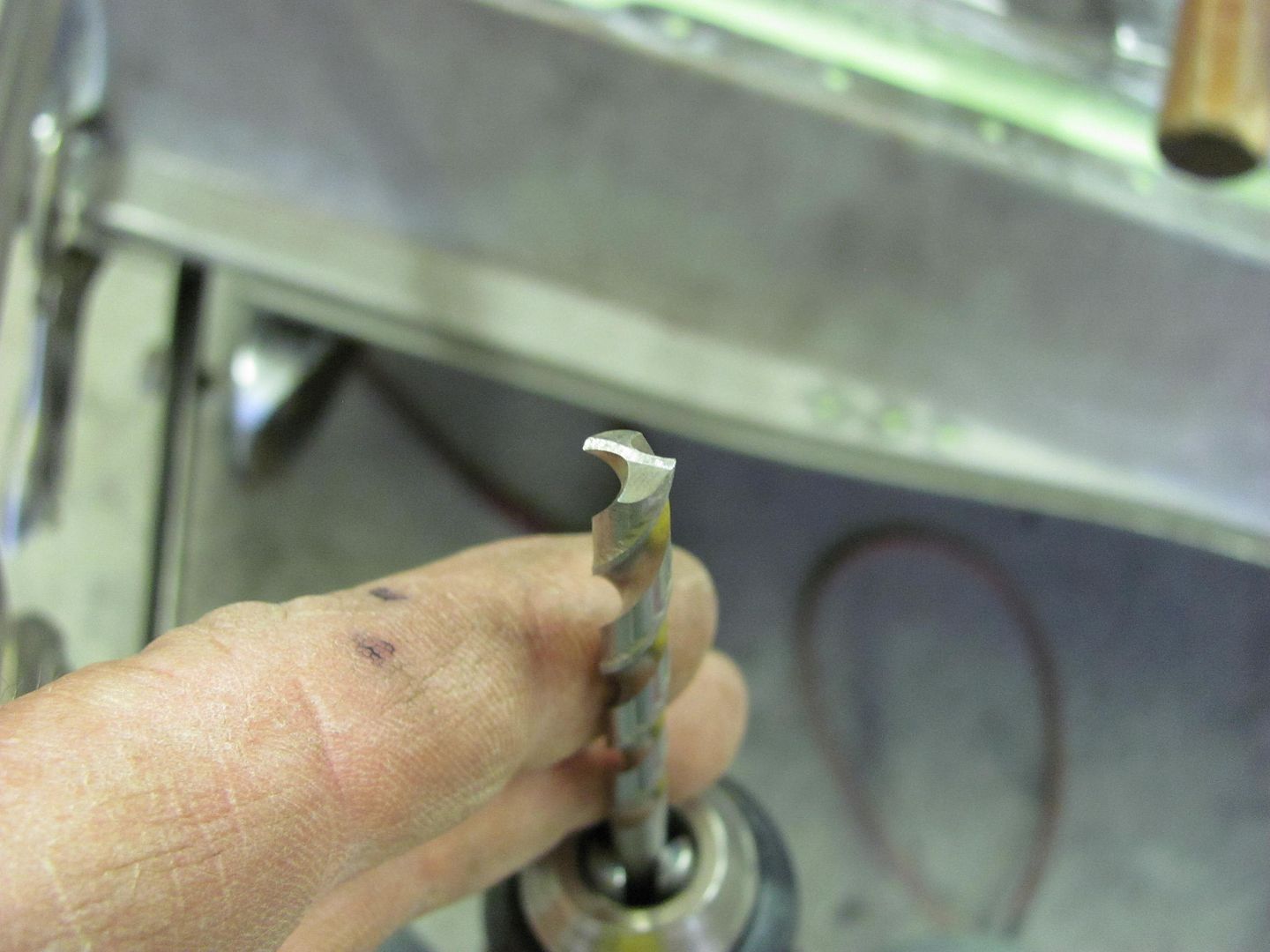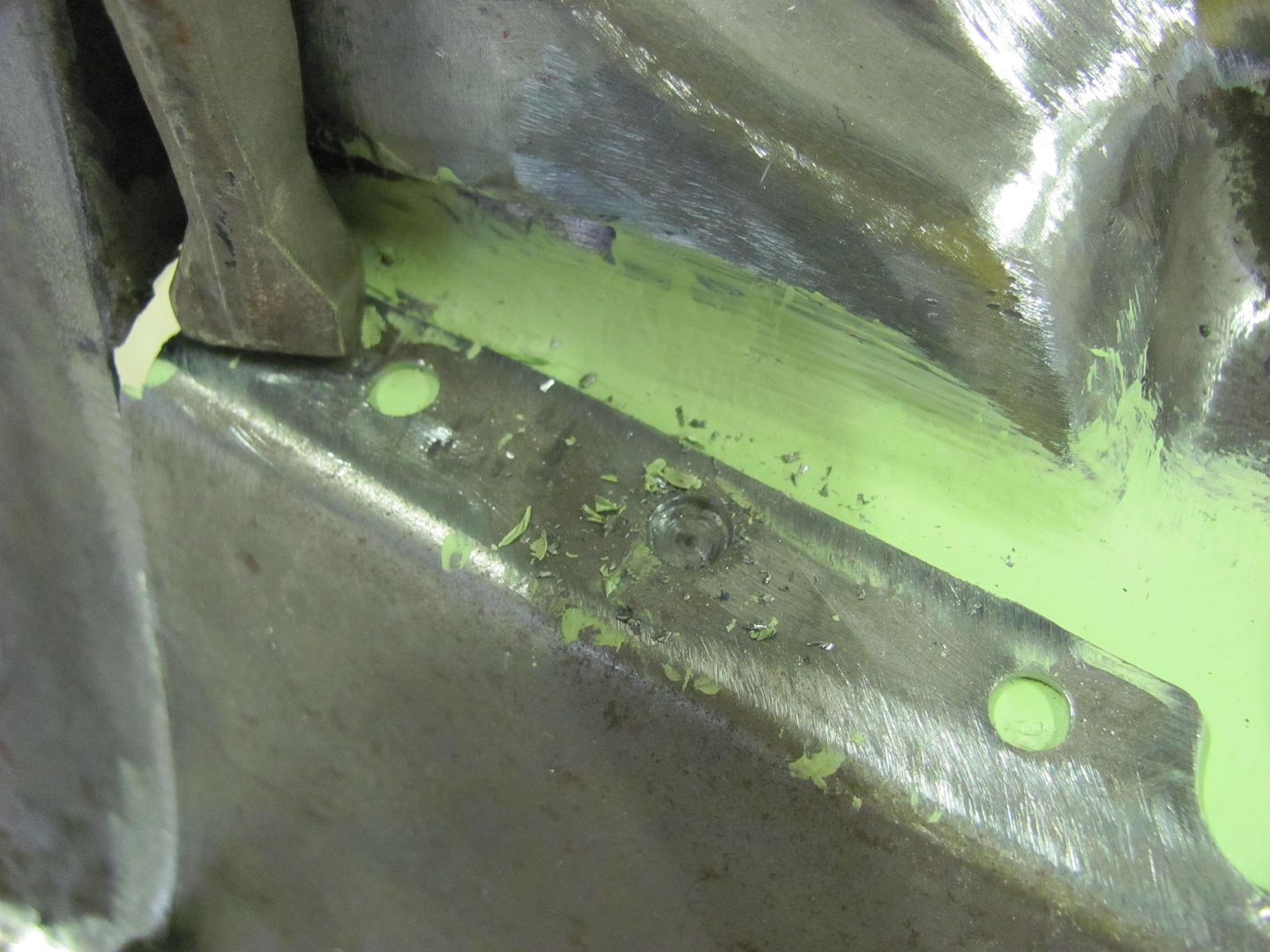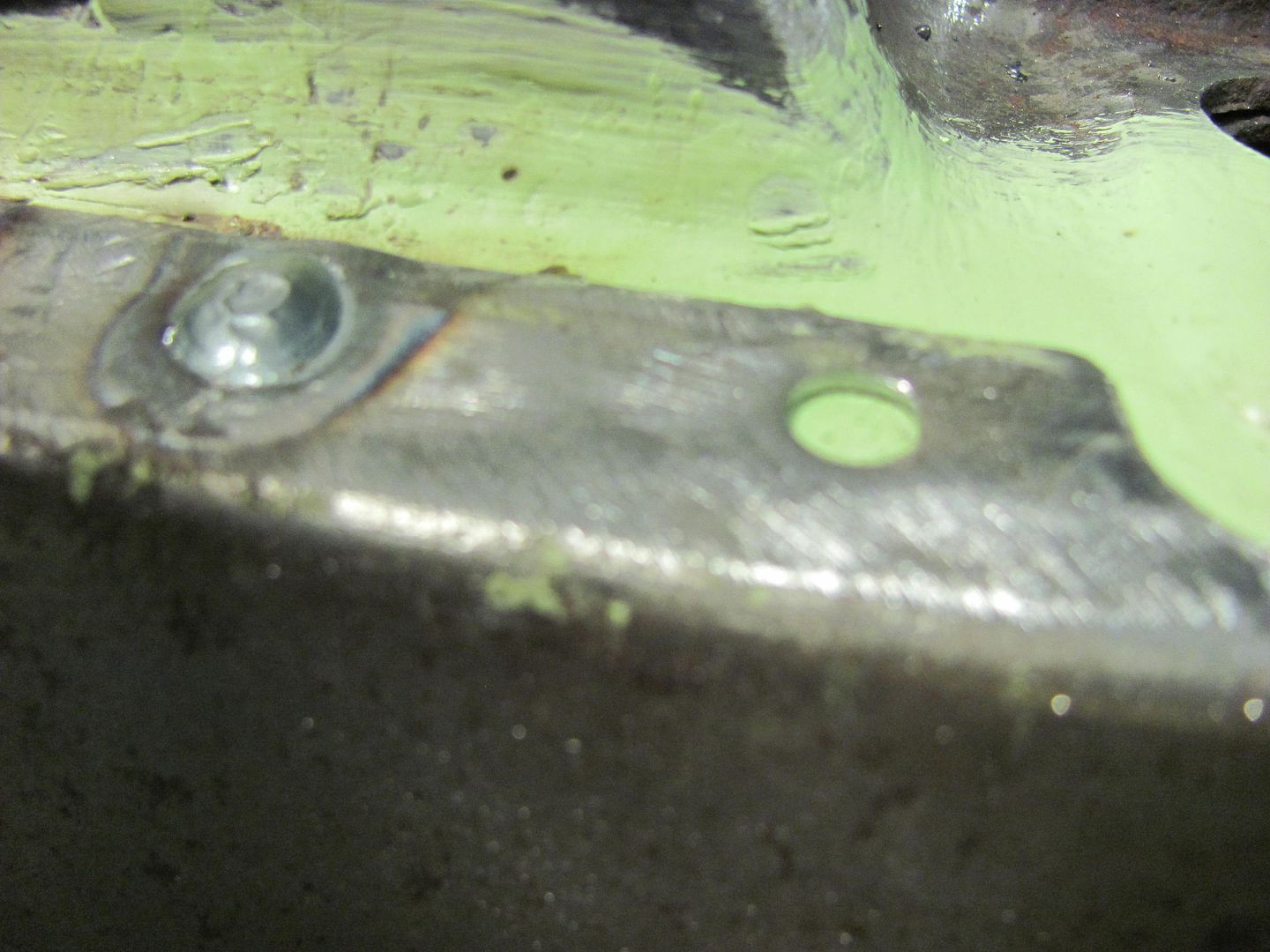I'm painting some parts prior to installation. Should I prime the whole panel including the plug weld holes and the places the plug weld holes will line up with?
Or should I mask little spots to keep the epoxy out and spray weld through in that area?
I'm an OK welder at this point, but I don't need any extra problems from primer vaporizing out of the holes, etc. I guess I don't know how tough this epoxy will be and how hard it will be to scratch down to the metal in the plug weld holes and around the edge of the holes in the mating panel.
I certainly would like as much protection on the panel as possible.
Or should I mask little spots to keep the epoxy out and spray weld through in that area?
I'm an OK welder at this point, but I don't need any extra problems from primer vaporizing out of the holes, etc. I guess I don't know how tough this epoxy will be and how hard it will be to scratch down to the metal in the plug weld holes and around the edge of the holes in the mating panel.
I certainly would like as much protection on the panel as possible.



